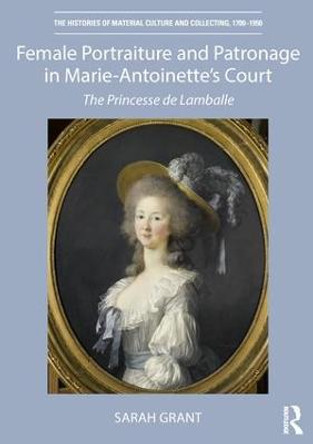The first study to explore the lives of female slaves of the Ottoman imperial court, including the period following their manumission and transfer from the imperial palace. Through an analysis of a wide range of hitherto unexplored primary sources, Betul Ipsirli Argit demonstrates that the manumission of female palace slaves and their departure from the palace did not mean the severing of their ties with the imperial court; rather, it signaled the beginning of a new kind of relationship that would continue until their death. Demonstrating the diversity of experiences in non-dynastic female-agency in the early-modern Ottoman world, Life After the Harem shows how these evolving relationships had widespread implications for multiple parties, from the manumitted female palace slaves, to the imperial court, and broader urban society. In so doing, Ipsirli Argit offers not just a new way of understanding the internal politics and dynamics of the Ottoman imperial court, but also a new way of understanding the lives of the actors within it.
The first study exploring the lives of female slaves of the Ottoman imperial court, drawing from hitherto unexplored primary sourcesAbout the AuthorBetul Ipsirli Argit is Associate Professor of Ottoman History at Marmara University where her research focuses on the history of women in the Ottoman Empire, material culture and the history of the Ottoman imperial court. In addition to a number of articles, she is the author of Rabia Gulnus Emetullah Valide Sultan (1640-1715) (2014) and "Hayatlarinin Cesitli Safhalarinda Harem-i Humayun Cariyeleri, 18.yuzyil" (2017). She is the recipient of the TUBITAK Post-Doctoral fellowship in Turkey.
Book InformationISBN 9781108488365
Author Betul Ipsirli ArgitFormat Hardback
Page Count 304
Imprint Cambridge University PressPublisher Cambridge University Press
Weight(grams) 750g
Dimensions(mm) 240mm * 160mm * 25mm








